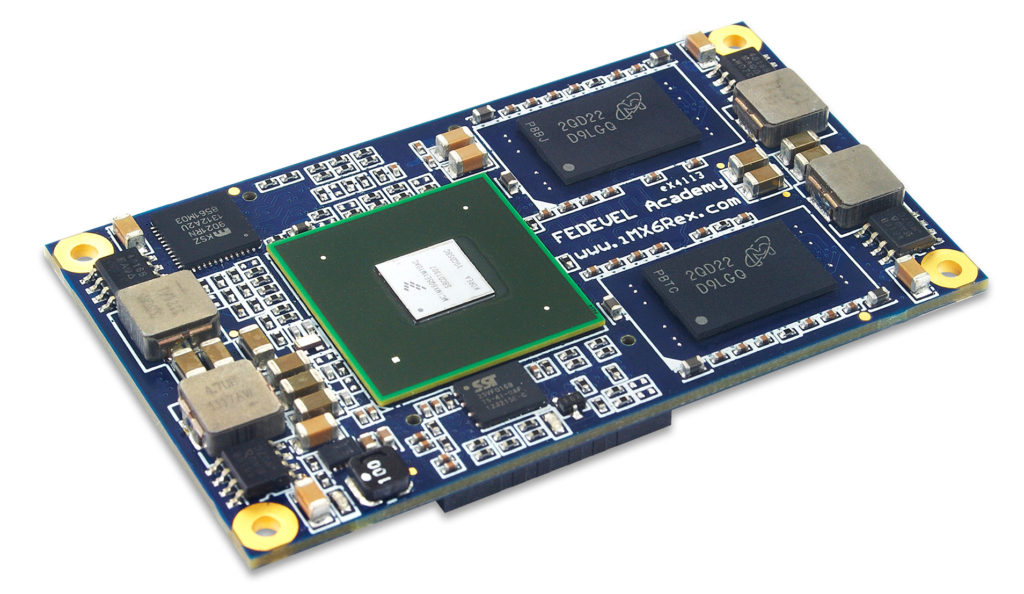Today’s digital systems are rapidly developing in the direction of large-scale, small-volume, high-speed, and the design of electronic systems has entered the design field of GHz and above. As the electrical and structural support of various electronic systems, printed circuit boards are also moving toward multi-stack, high density, and high operating frequencies. Therefore, how to correctly handle the board-level signal integrity of High Speed PCB Board Application has become the key to the success of electronic system design.

As the operating frequency of high-speed electronic systems continues to increase and the signal edge flip speed becomes faster, the interconnection design of high-speed digital pcbs has an increasing influence on the electrical performance of the entire system. Interconnects for low-frequency design pcb boards can be thought of as simple metal wires that only serve as electrical connections.
However, the signal pulse rise time and pulse width in modern high-speed electronic systems have reached the ps level, and the corresponding spectrum has been extended to the microwave and millimeter wave bands. When the high-frequency harmonic wavelength and the interconnect length are an order of magnitude, The signal pulse will show a wave effect on the interconnection.
At this time, the interconnect line cannot be treated only as a metal wire and needs to be handled as a transmission line. Therefore, High Speed PCB Board designing, especially when pcb is used for board-level and system-level design, must face the signal integrity problem caused by the interconnection effect.






